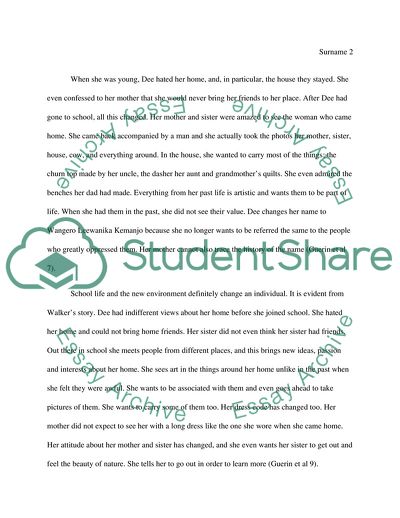Cite this document
(Everyday Use by Alice Walker Book Report/Review Example | Topics and Well Written Essays - 1500 words, n.d.)
Everyday Use by Alice Walker Book Report/Review Example | Topics and Well Written Essays - 1500 words. https://studentshare.org/sociology/1875557-everyday-use
Everyday Use by Alice Walker Book Report/Review Example | Topics and Well Written Essays - 1500 words. https://studentshare.org/sociology/1875557-everyday-use
(Everyday Use by Alice Walker Book Report/Review Example | Topics and Well Written Essays - 1500 Words)
Everyday Use by Alice Walker Book Report/Review Example | Topics and Well Written Essays - 1500 Words. https://studentshare.org/sociology/1875557-everyday-use.
Everyday Use by Alice Walker Book Report/Review Example | Topics and Well Written Essays - 1500 Words. https://studentshare.org/sociology/1875557-everyday-use.
“Everyday Use by Alice Walker Book Report/Review Example | Topics and Well Written Essays - 1500 Words”. https://studentshare.org/sociology/1875557-everyday-use.


